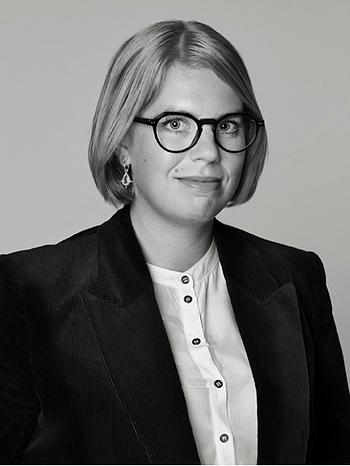Olle Baertling
Model for "XIU"
Executed in 1966. Black lacquered steel, height 65 cm.
Provenance
Erik Lund, blacksmith and assistant to Baertling for the production of the sculptures.
Thence by descent to the present owner.
More information
Den aktuella skulpturen är en förlaga till monumentalskulpturen "XIU" som installerades vid den nya Celsiusskolan ritad av Gösta Wikforss i Uppsala år 1966. Celsiusskolan har två fullskaliga skulpturer inom skolområdet, Xiak (1966) och Xiu (1966), vilka står på varsin innergård.
Olle Baertling anlitade smidesverkstaden Thorsell & Bäcklund vid Karlaplan i Stockholm för tillverkning av skulpturerna. Till sina första skulpturer fick han hjälp av Erik Thorsell men från år 1959 finner Baertling en ny samarbetspartner i Erik Lund, en entusiastisk assistent på firman, som kom att bli Baertlings samarbetspartner med skulpturerna under flera år framöver.
Artist
Olle Bærtling was born in Halmstad in Sweden and is most notable for his painting and sculpture. Bærtling studied like Bengt Lindström in Paris for André Lhote and Fernand Léger. His first exhibition took place in Stockholm in 1949. Bærtling works foremost in a geometric, non-figurative style, approaching his art as a scientist would his research. In 1956 Bærtling discovered his open form, the open trangle with sharp angles which express speed. When in 1956 he positioned the apex of the triangle beyond the boundaries of the frame, the canvas became merely a segment of an event occurring beyond our visual field. The sense of speed is emphasized by the colour, which gives the impression of higher velocities the closer to the triangle’s apex. Black outlines are strong characteristics of Bærtling’s art, while they may seem straight, they actually bend inwards towards the large fields, counteracting their outward pressure. Colour was also essential to Bærtling’s work, whereby it was imperative that they could not be found in nature and were not associated to any form or object. Thus Bærtling only utilised secondary colours: violet, orange, green, and Bærtling-white (a week green-tinted colour). His open form is most evident in the sculptures he made from 1958 onwards. Bærtling consistently delved into the interplay between colors and shapes, remaining unaffected by external artistic trends throughout his life. Today, we can see how artists such as Ann Edholm have been inspired by Bærtling's creations.
Read more

































